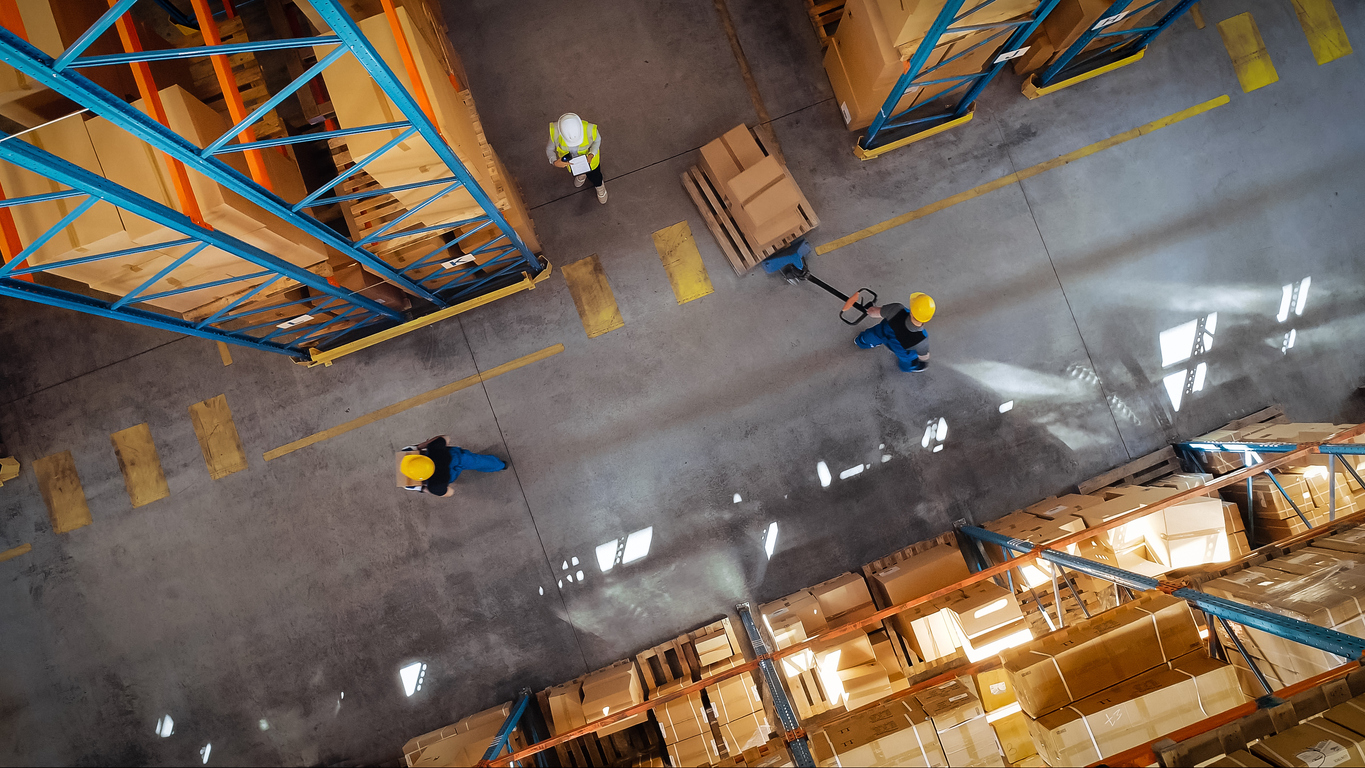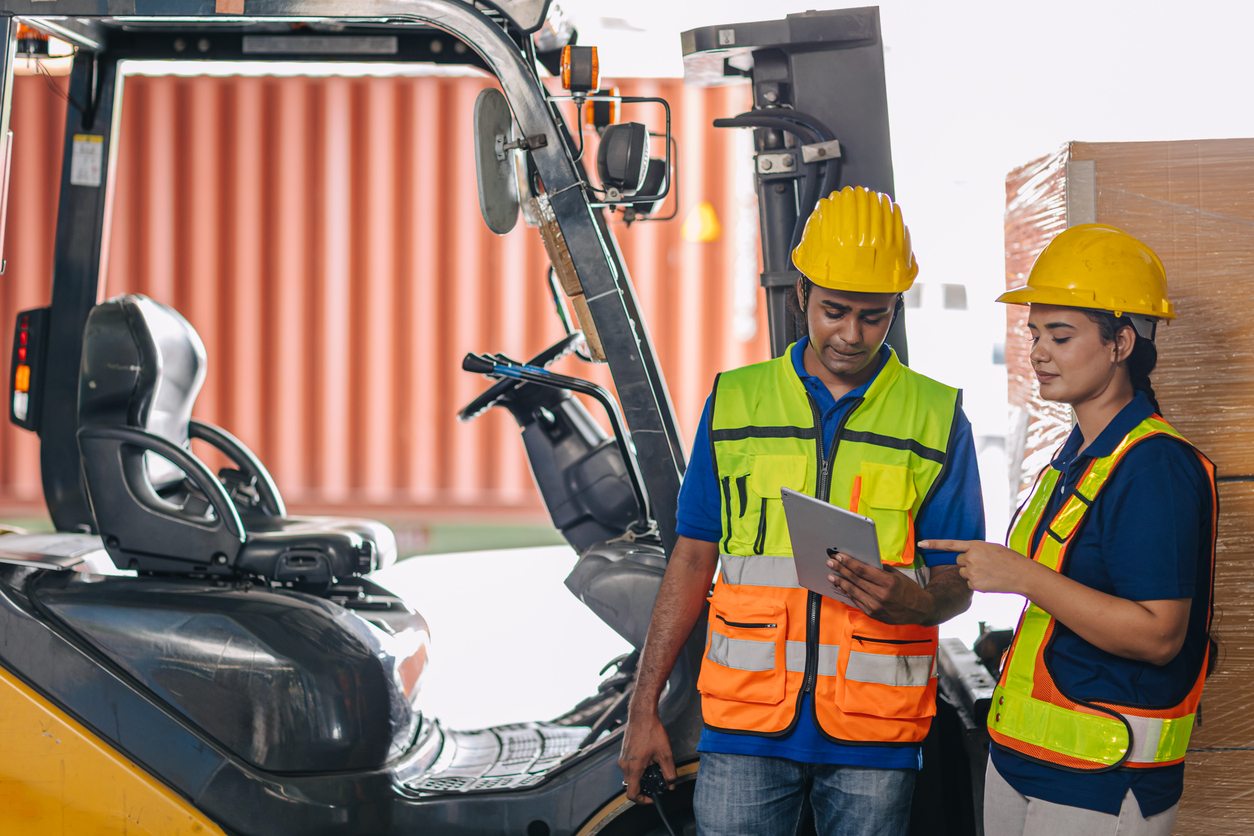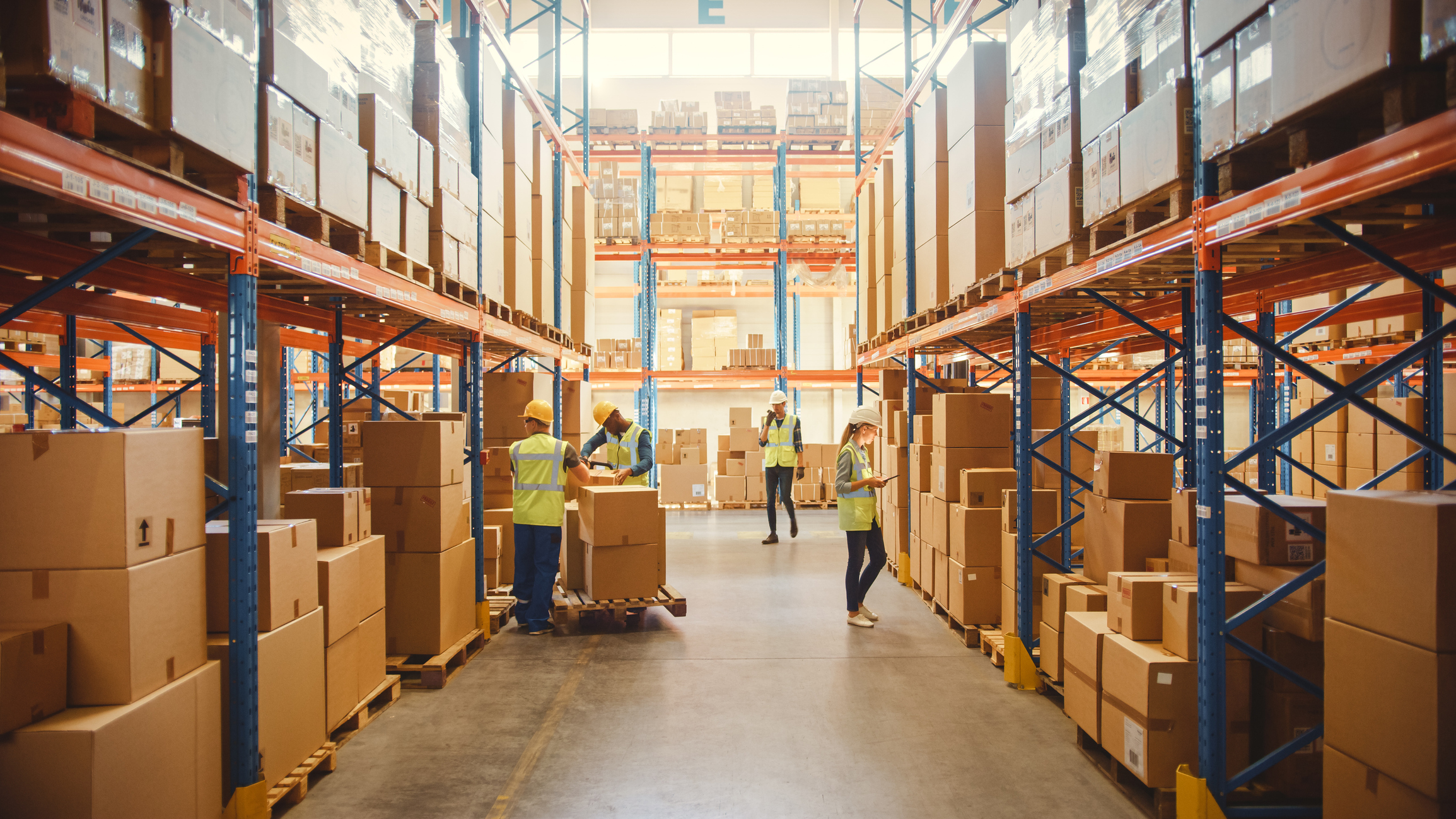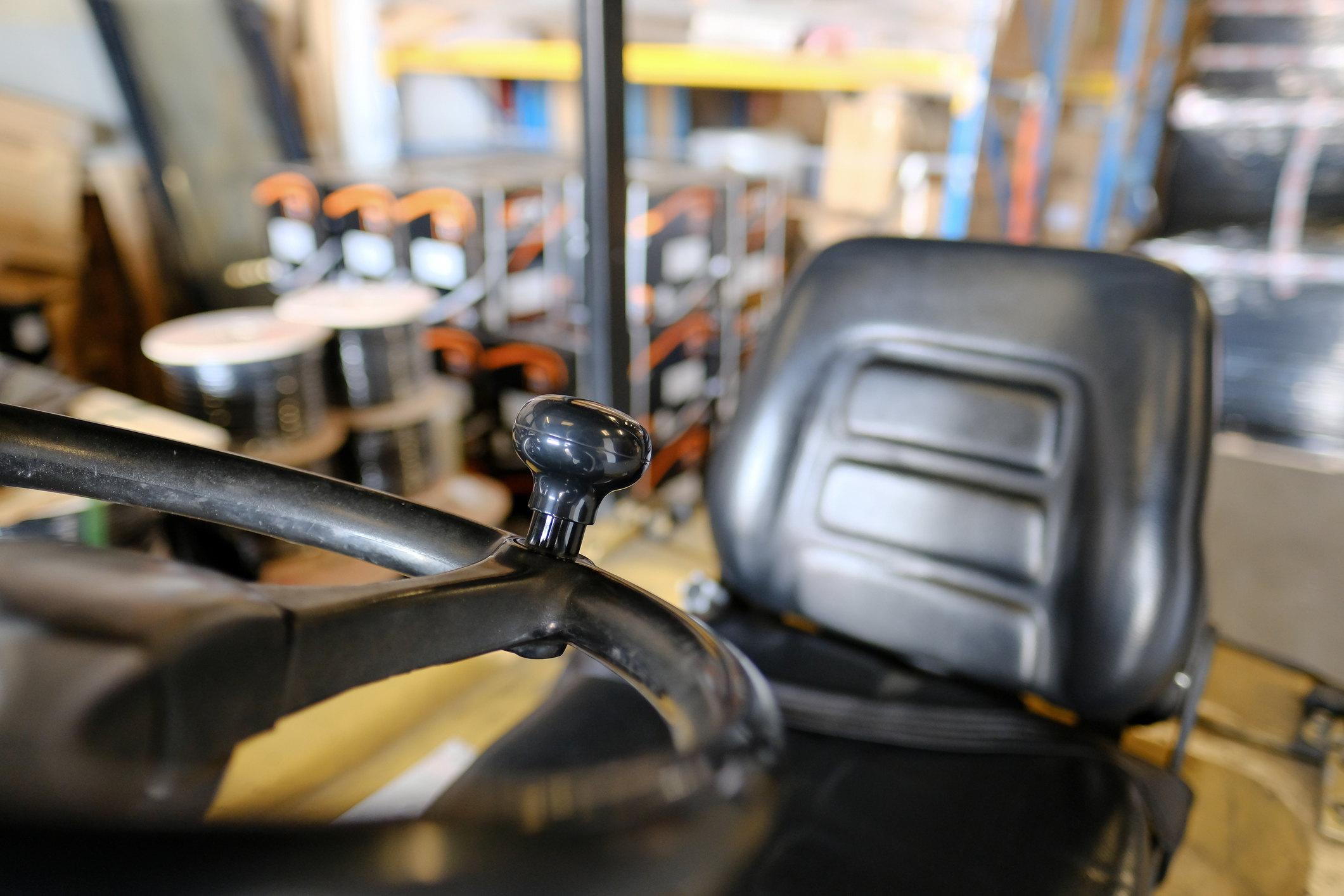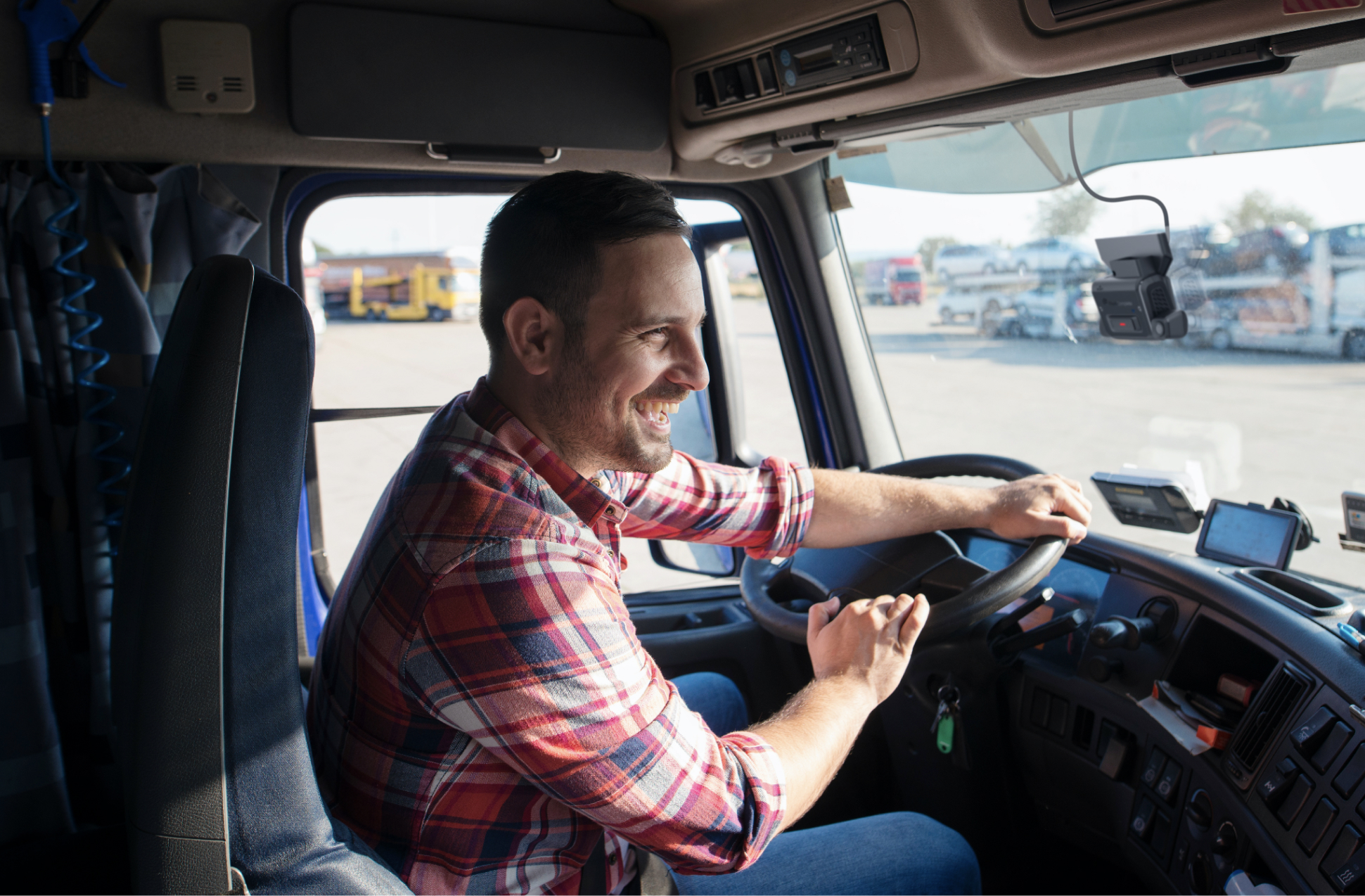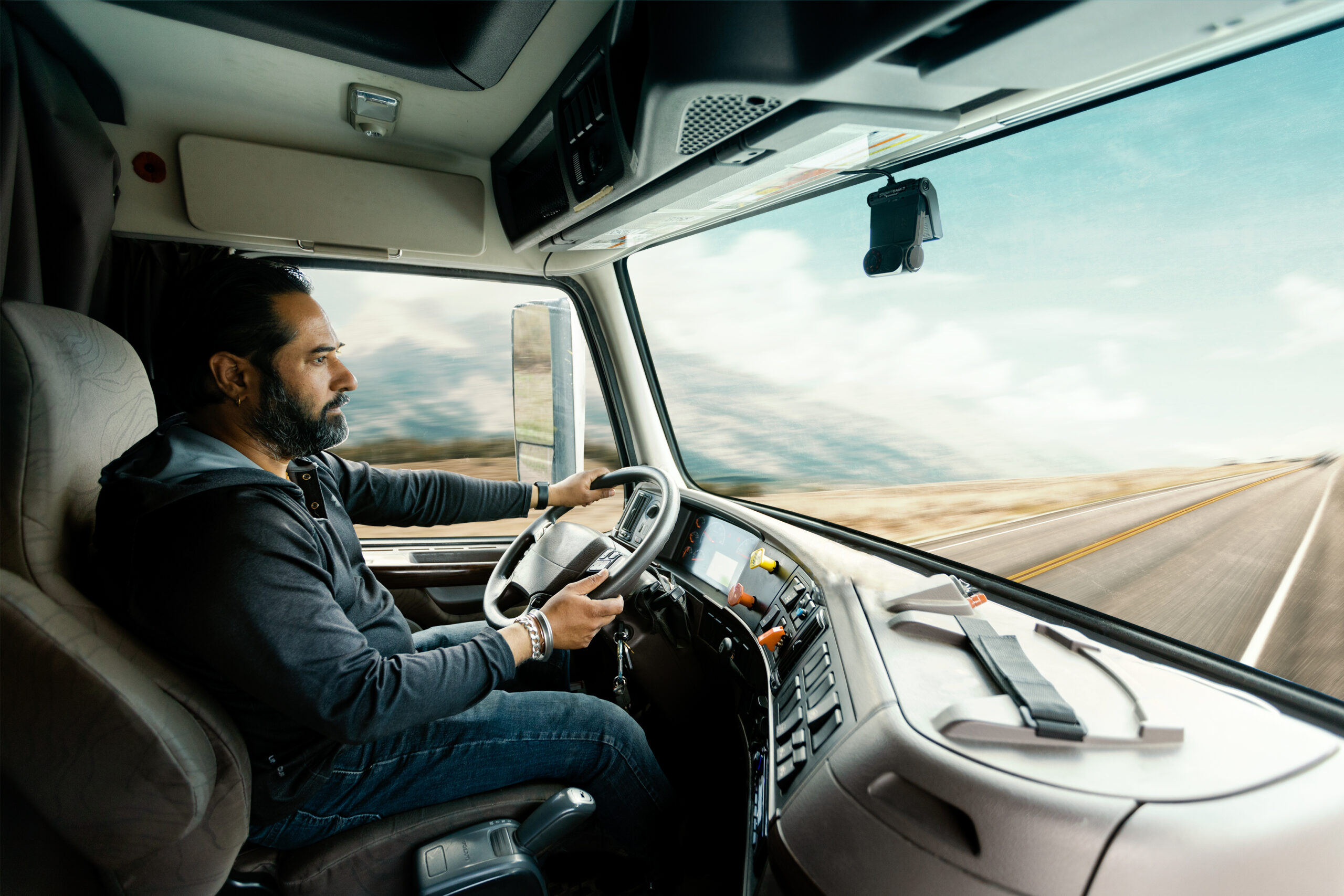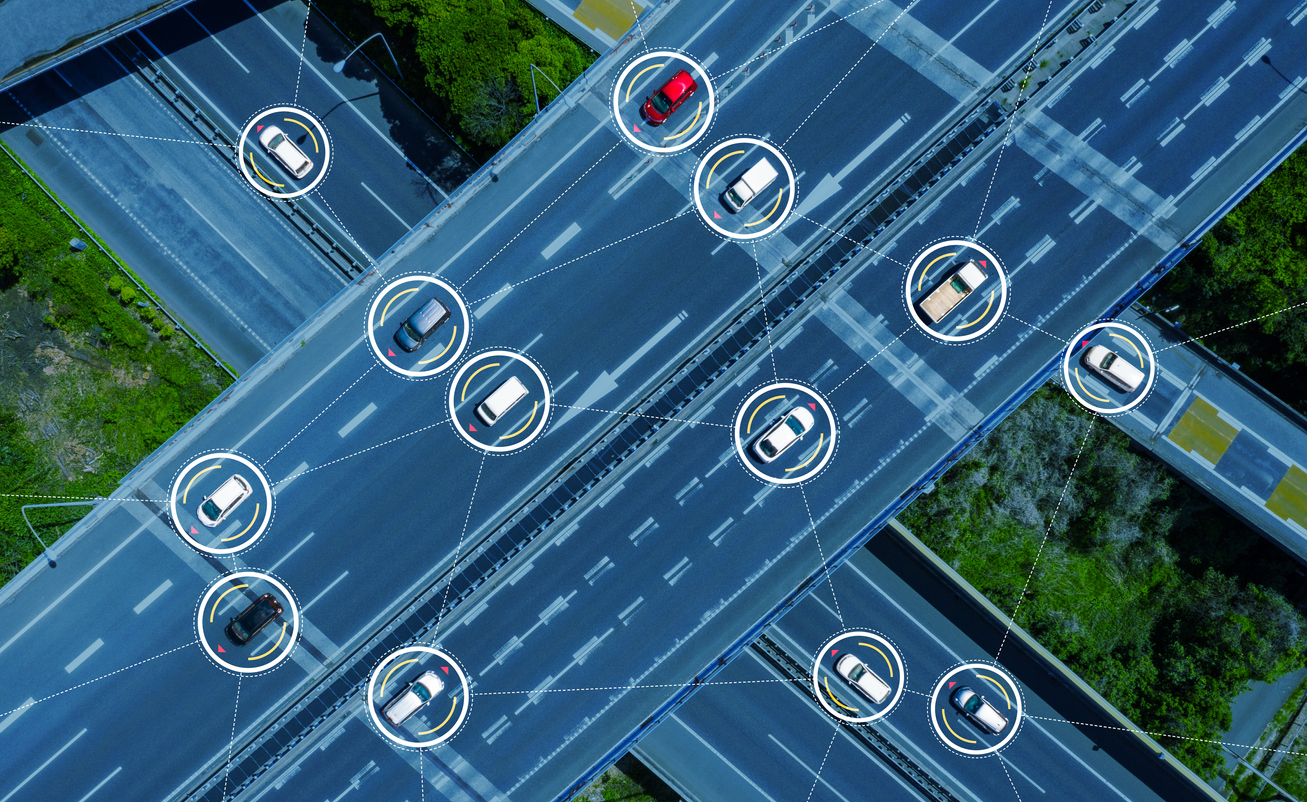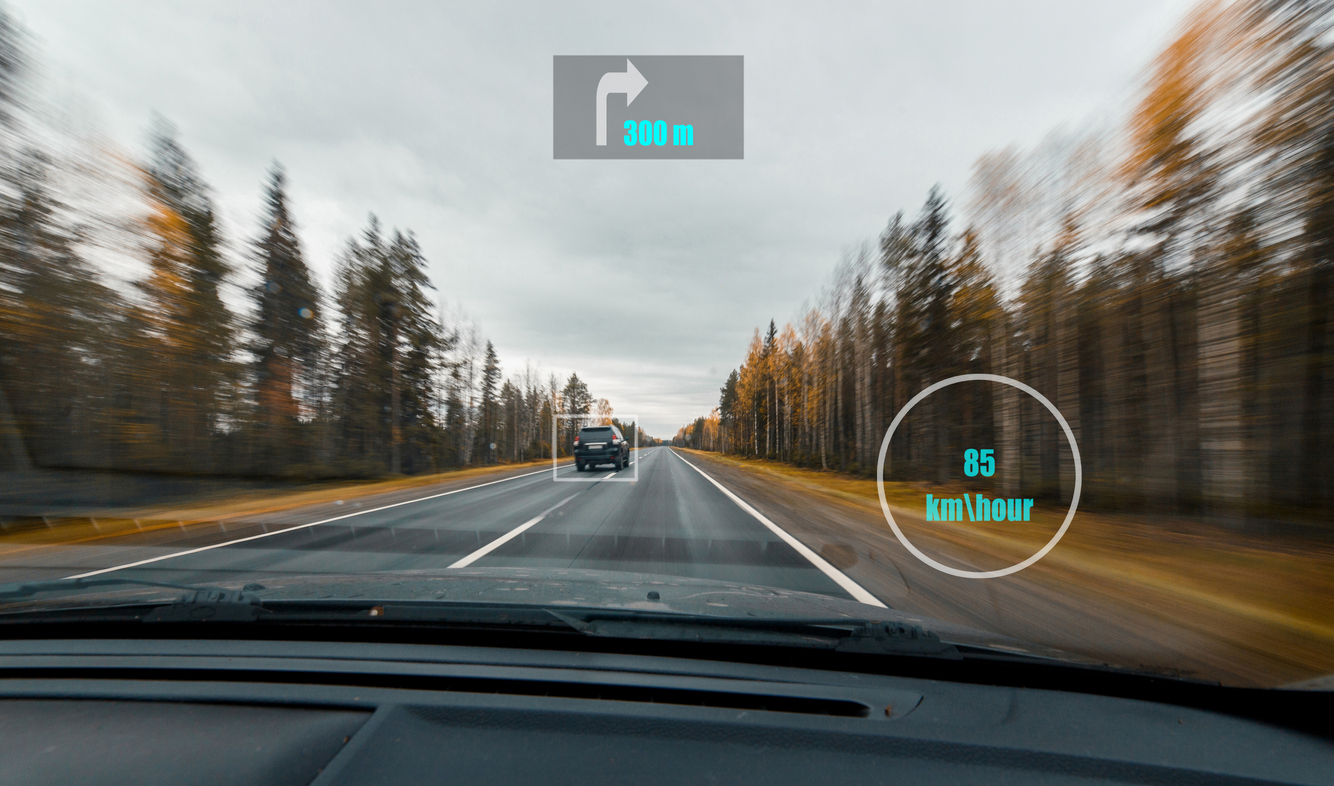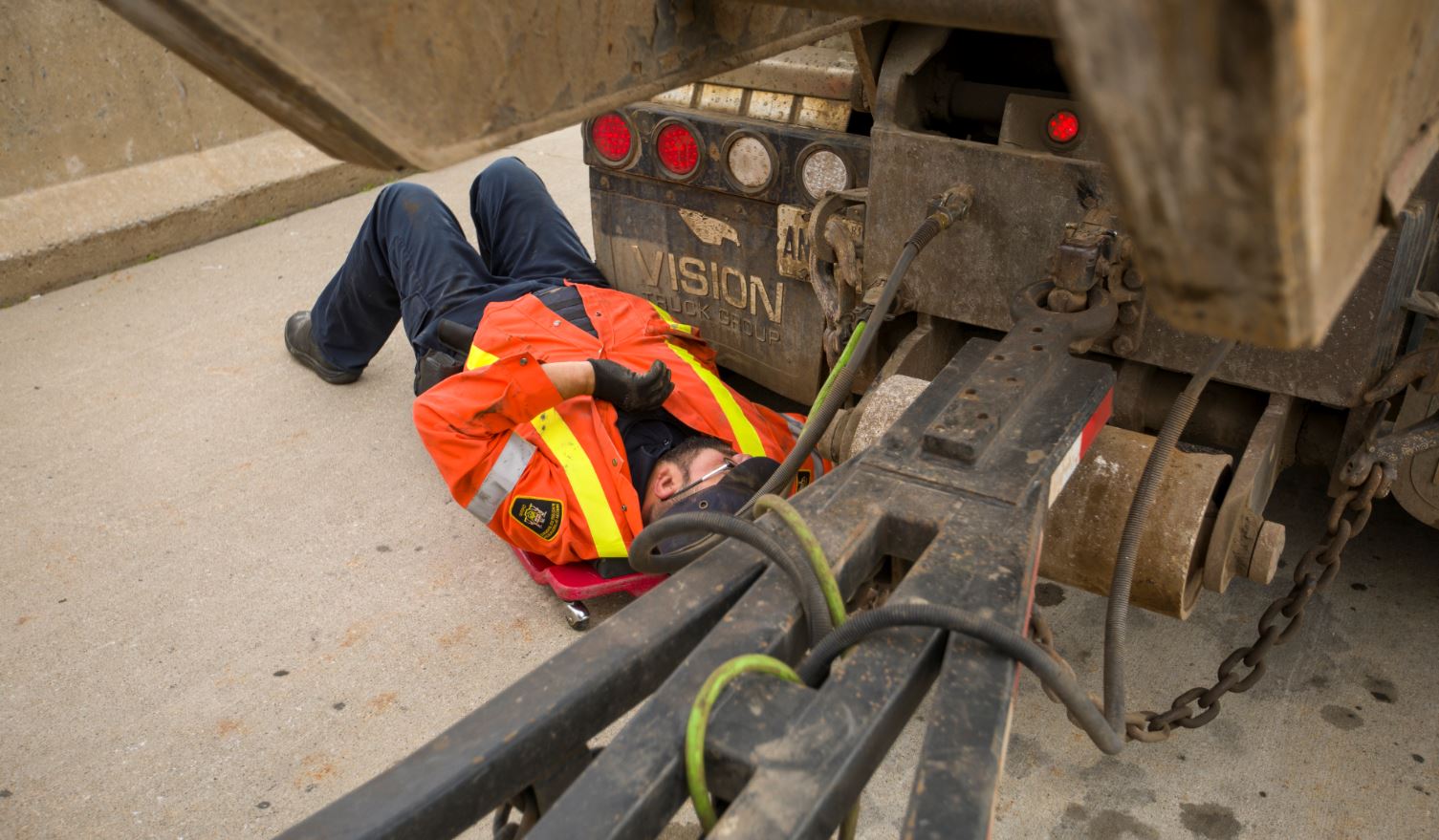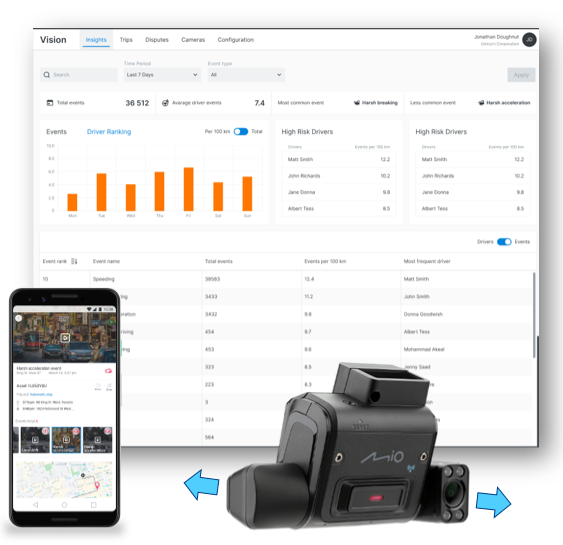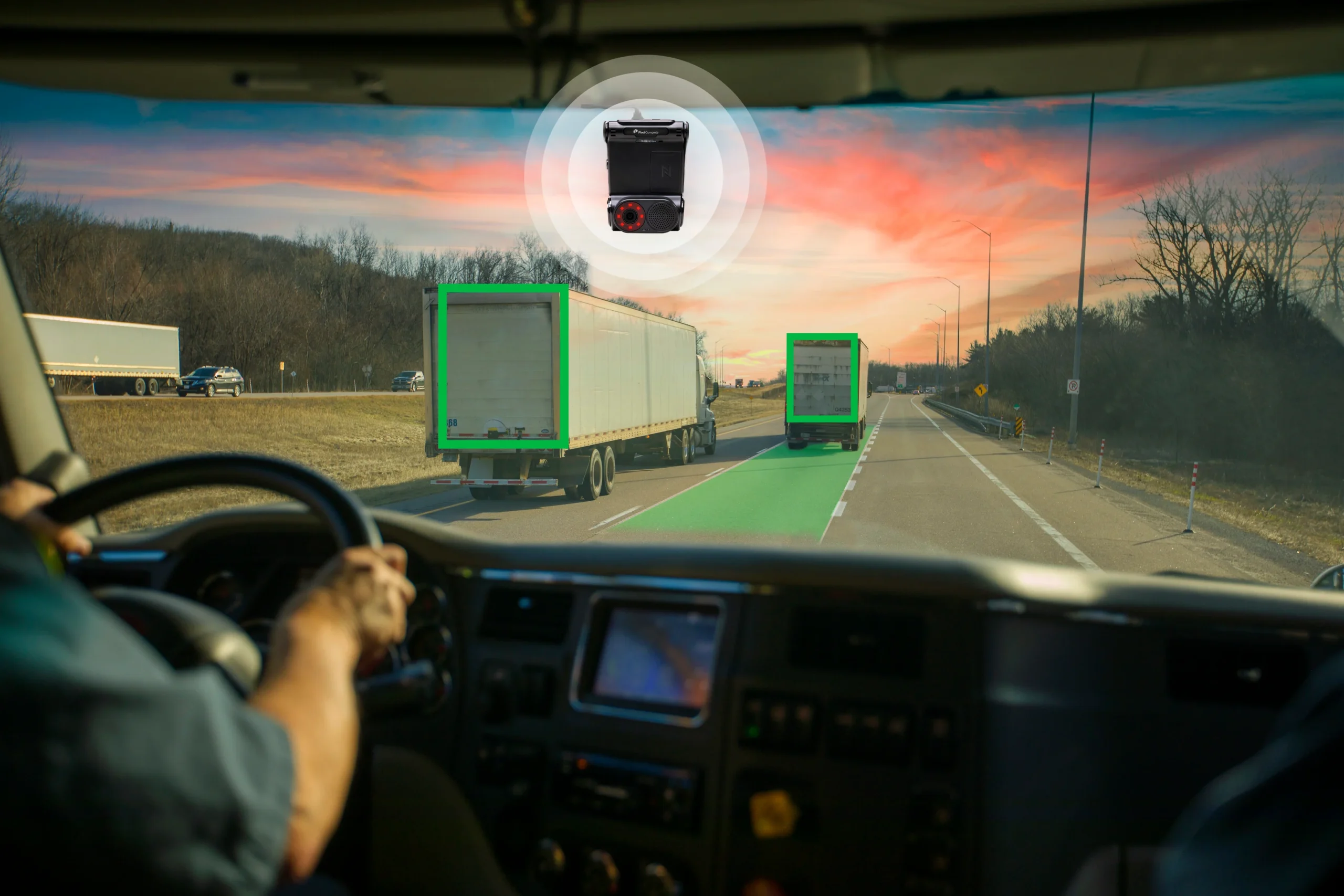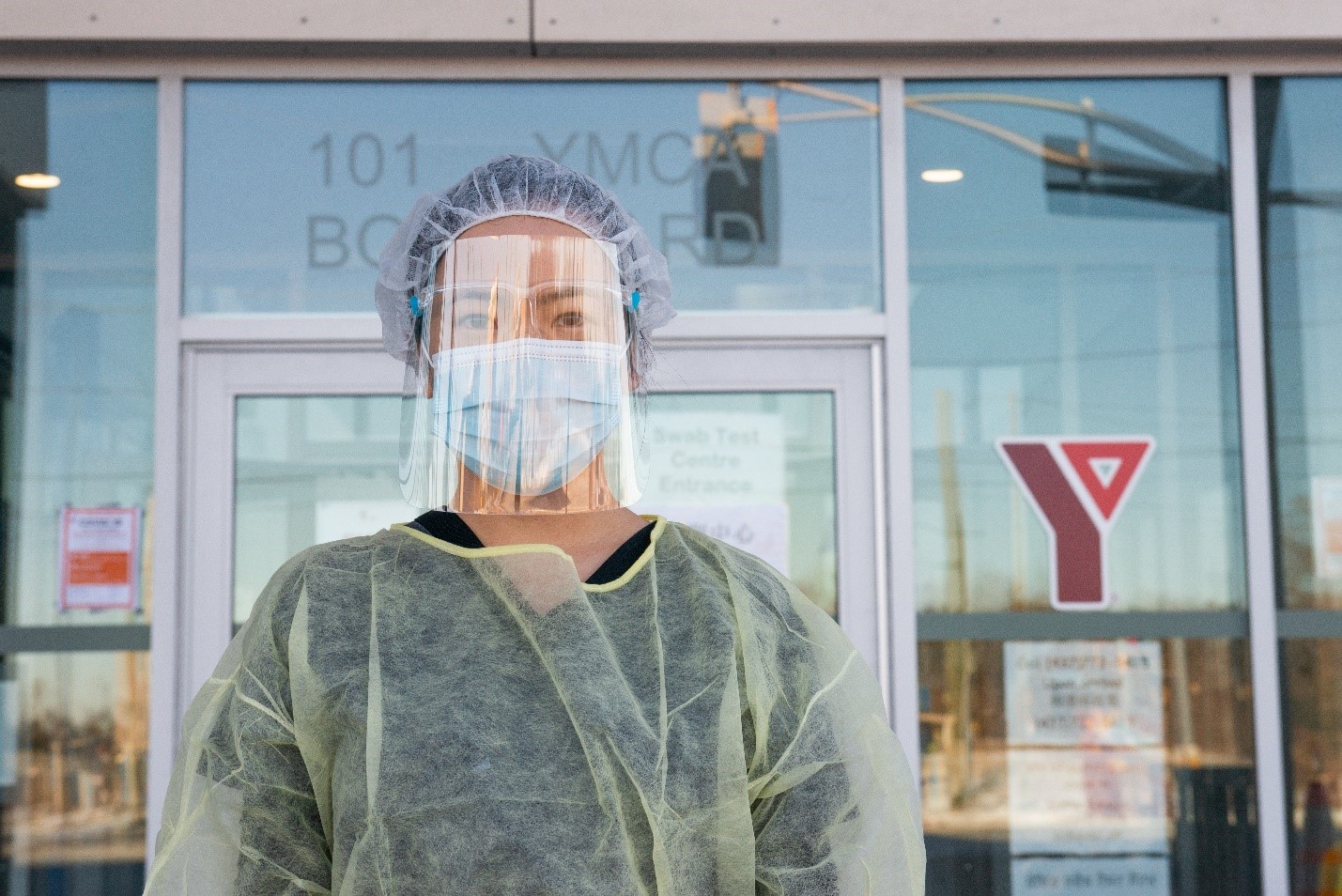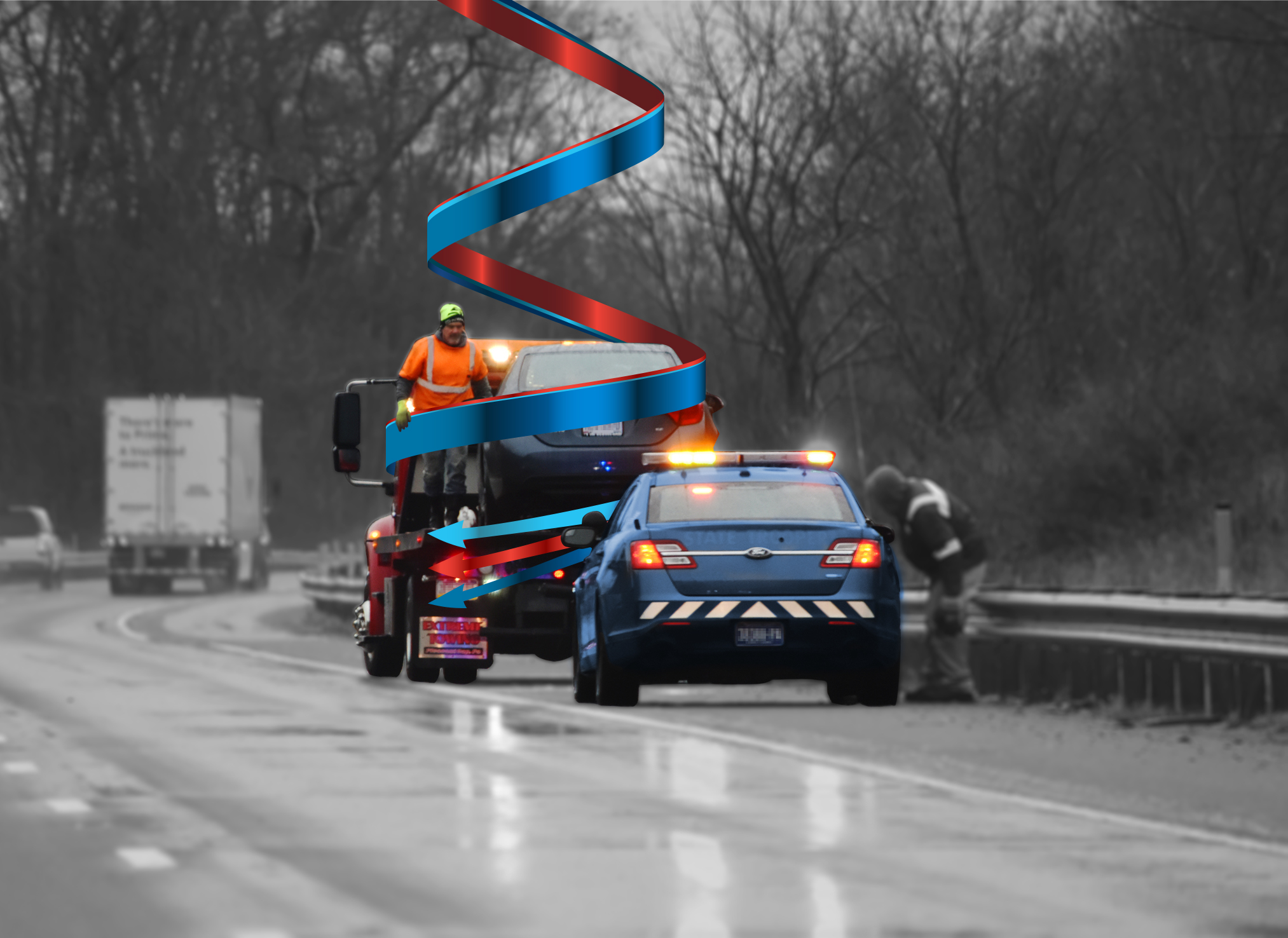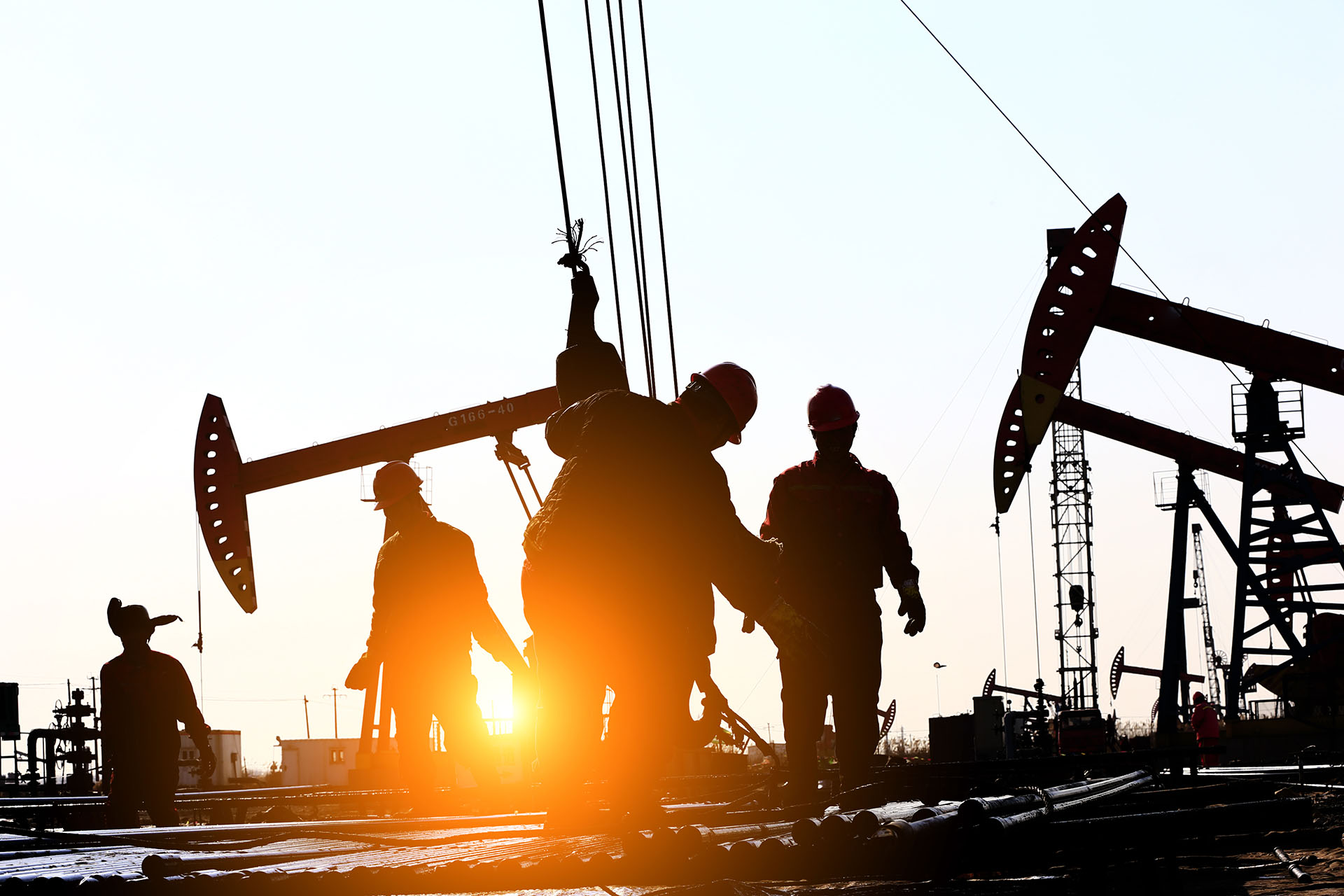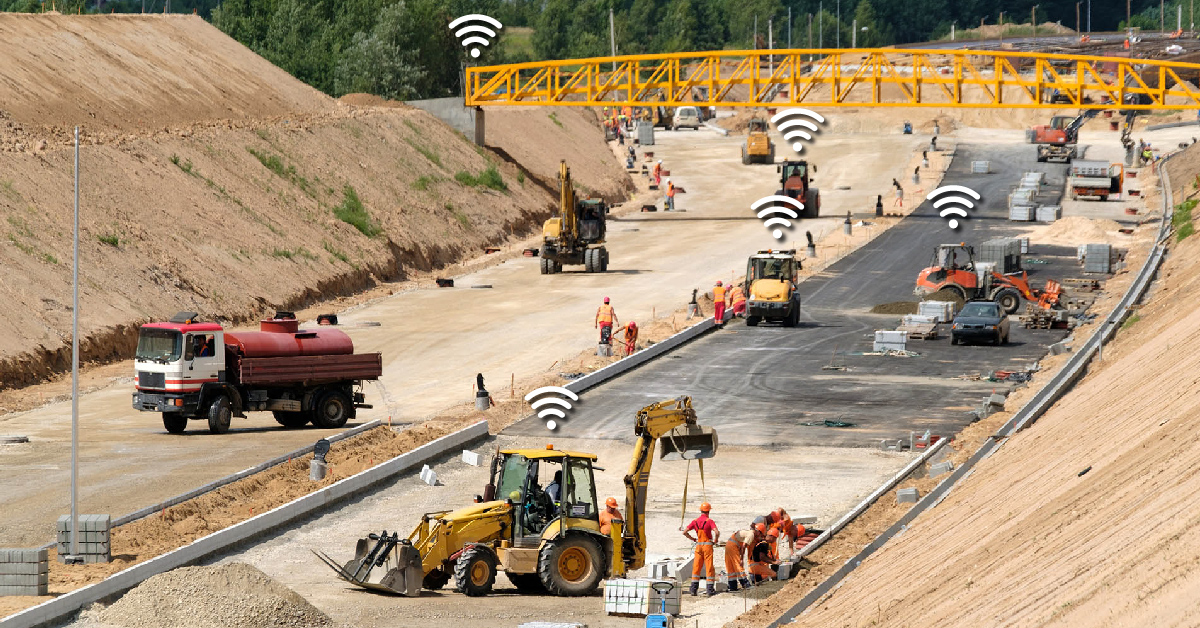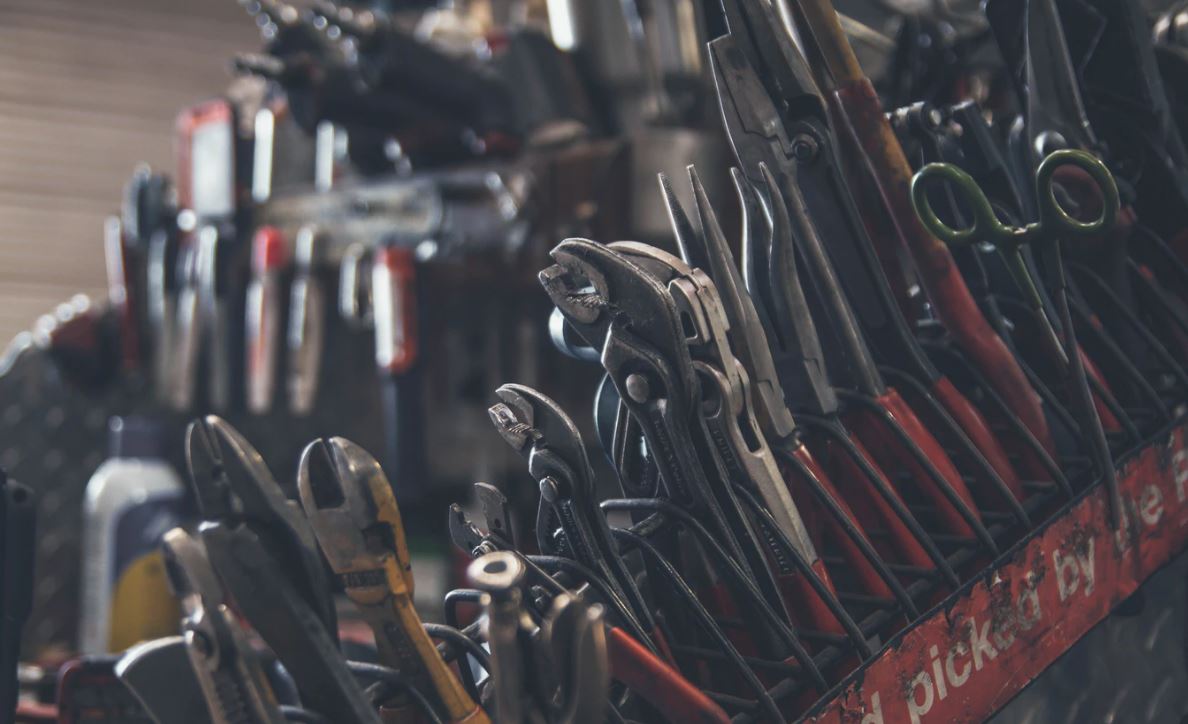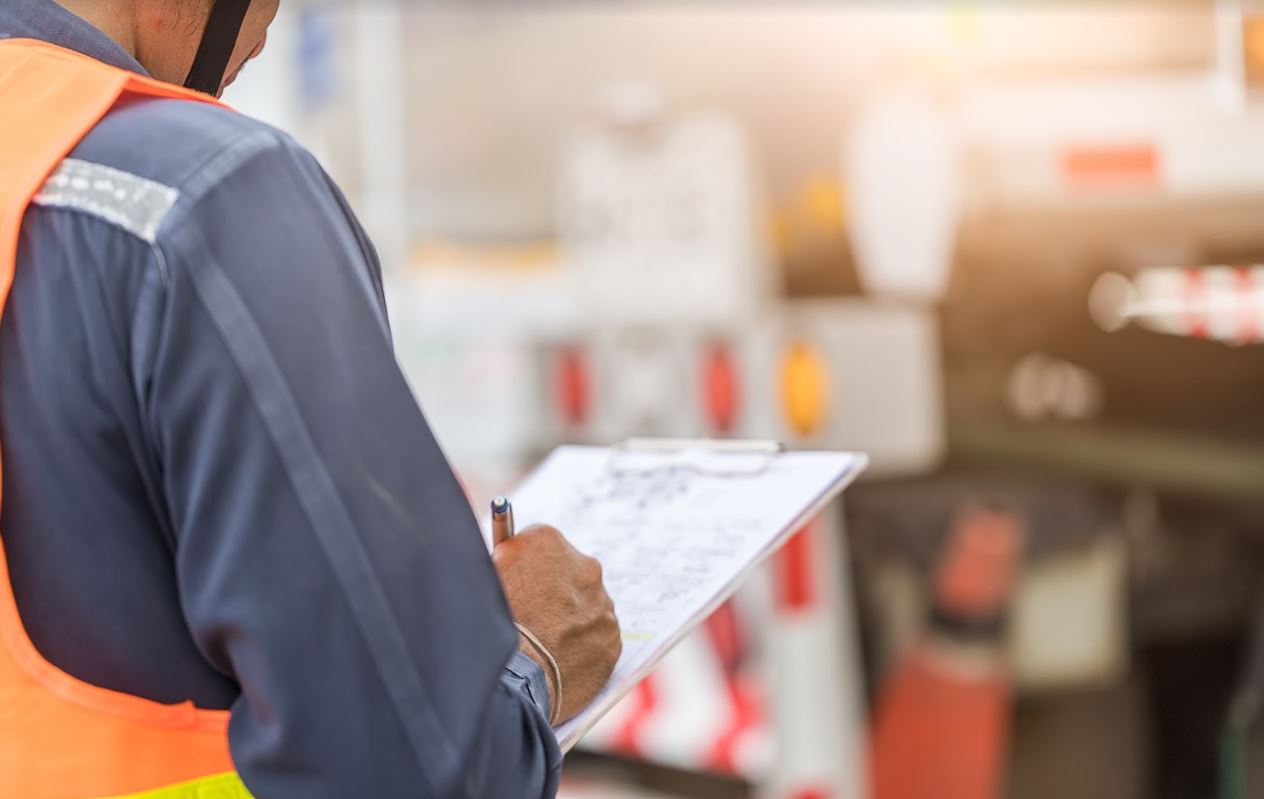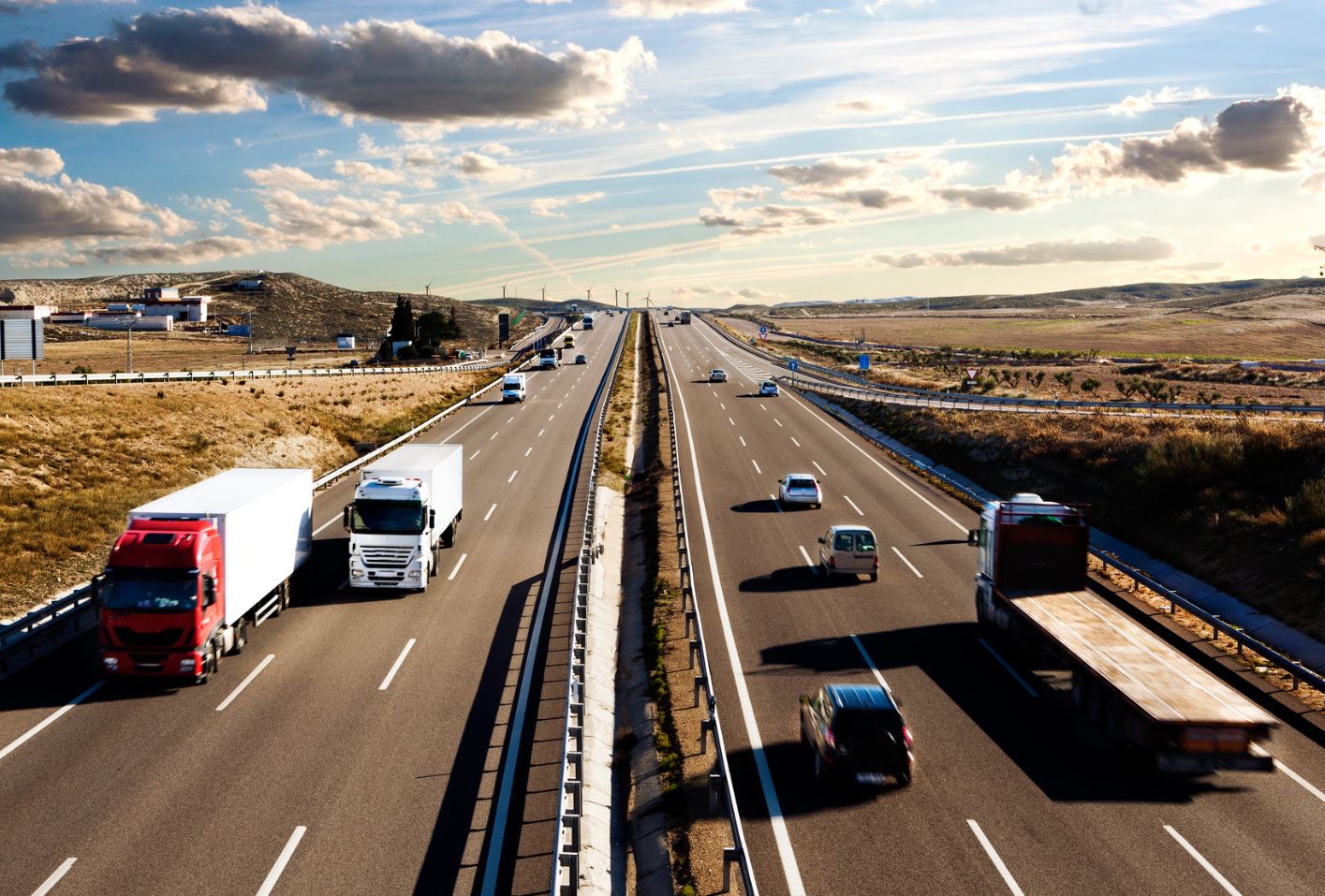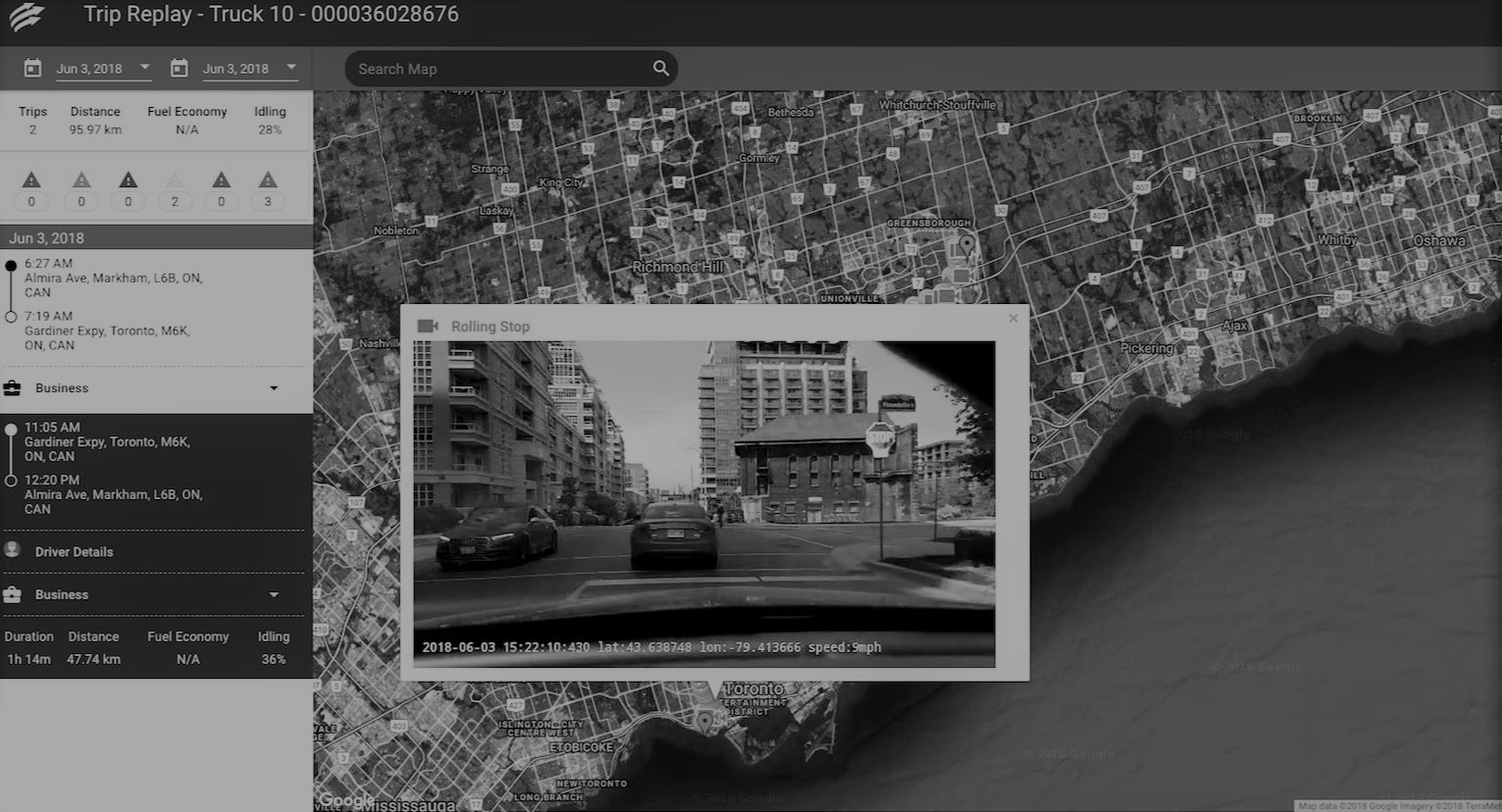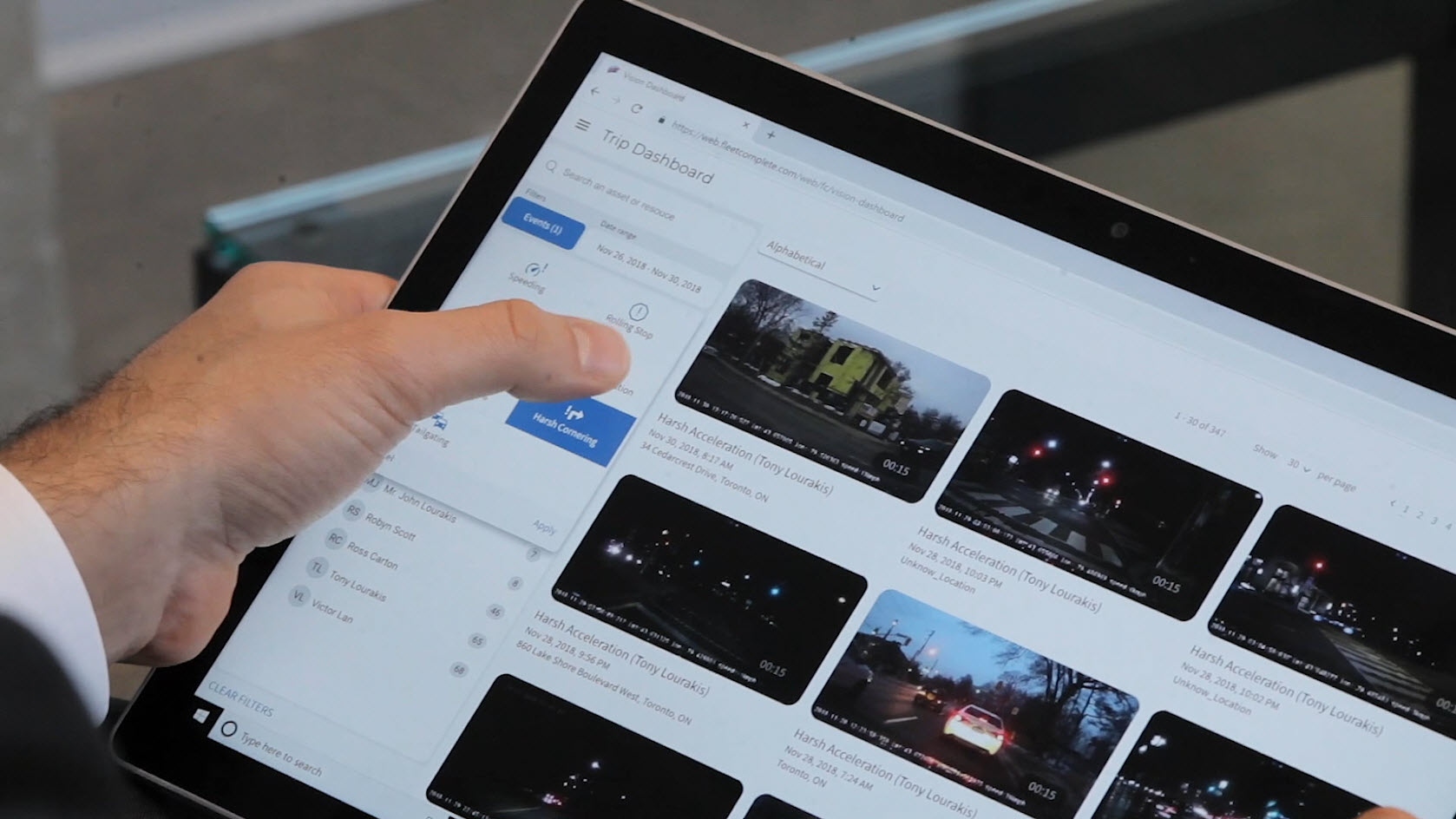Wherever your warehousing operation is based in the world, there’s one challenge that is universal – maintaining forklift pedestrian safety.
Forklifts are extremely heavy vehicles, capable of causing severe injury and death when not handled properly or treated with caution in their operating space.
In the US alone, forklift accidents leave an average of 95 people each day with serious injuries. Worse still, one person dies from these wounds every four days. And over a third of all forklift-related fatalities (36%) are pedestrians.
Similar figures from the UK reinforce the importance of forklift and pedestrian safety. A recent RIDDOR (Reporting of Injuries, Diseases and Dangerous Occurrences Regulations) report showed that 43% of forklift incidents involve a pedestrian or other third party. 65% of those injured were carrying out unrelated tasks, and were often co-workers onsite (20%) or delivery drivers (15%). It all adds up to an annual average of 1,500 injuries and 27 deaths each year.
It’s not hard to see why forklift and pedestrian safety is of huge concern to the warehousing industry. But in order to create a safer environment for forklift operators and pedestrians, it’s important to understand the dangers and what causes them.
What are the safety risks to pedestrians from forklifts?
Even in the most well-prepared, safety-conscious workplaces, accidents can happen. When it comes to pedestrian and forklift safety, there are several types of recurring accidents that most frequently cause injury or death to pedestrians:
Forklift Rollovers
It’s not just operators who can be affected by forklift rollovers, pedestrians in the line of travel can also find themselves injured by an out-of-control vehicle.
Lack of Operator Training
A forklift operator who has not had sufficient training is always going to pose a greater threat to forklift pedestrian safety.
Falling Loads
Forklifts can carry exceptionally heavy loads, so care should always be taken around even a partially laden vehicle.
Emissions Poisoning
Forklifts are capable of generating a large amount of Carbon Monoxide (CO) in a short space of time. If used in a confined space, without proper ventilation, emissions poisoning becomes a real possibility.
Blocked Sight
Another danger of carrying full loads is that they can block the operator’s line of sight. Standard procedure should be to reverse in these situations, but care should still be taken around the front of the vehicle.
Mechanical Failures
If not properly maintained, a vehicle that’s used as much as a forklift can easily fall into disrepair. Common problems include hydraulic failures, causing instability and uncontrolled movements.
As you can see, ensuring forklift safety for pedestrians is a multi-faceted concern, and one that requires constant diligence. When it comes to responsibility for pedestrian and forklift safety, there’s no single answer.
Who is responsible for forklift safety?
The key to pedestrian forklift safety is recognising that no single person, or position within the warehouse, holds responsibility for minimising the risk of accidents.
Instead, the responsibility to keep pedestrians safe is split between three groups: forklift drivers, the plant safety manager (or other representative of the organisation’s management, and the pedestrians themselves.
Only together can these three groups ensure better forklift safety for pedestrians. Here are a few forklift pedestrian safety tips for each:
Forklift drivers
Arguably, forklift drivers have the most direct control over the possibility of accidents. It’s down to them to follow the protocols put in place by safety managers, remaining vigilant and keeping pedestrian safety at the front of mind. That means sounding horns at intersections, taking care when reversing, and driving safely.
Pedestrians
Of course, drivers can’t be expected to bear the full weight of responsibility for forklift and pedestrian safety. Pedestrians should also take care in any environment where forklifts operate, checking overhead mirrors for oncoming vehicles, being mindful of blind spots and heavy loads, and knowing how to behave around manned vehicles. That typically means not crossing in front of or behind a moving vehicle, whether it’s moving or stationary, without acknowledgement from the driver that he’s seen you.
The plant safety managers
It’s arguable that plant safety managers (and their overall employer who operates the warehouse) bear the most responsibility when it comes to ensuring forklift safety for pedestrians. It’s falls to them to provide a safe environment for forklift drivers and pedestrians. Safety training, procedures, reporting, and vehicle maintenance can all fall under the purview of safety managers and their superiors.
Only by working together can these managers, drivers, and on-site third parties create an environment that minimises the risk of injury and death for pedestrians. A good start is to adhere to the pedestrian safety standards set by the Occupational Safety and Health Administration (OSHA).
What are the OSHA pedestrian safety standards
Formed in 1971 following the Occupational Safety and Health Act, OSHA is the federal agency responsible for ensuring safe and healthy working conditions.
In order to keep workers safe, OSHA has issued a series of forklift pedestrian safety standards that workplaces must adhere to. Failure to do so not only leads to the kind of accidents and downtime we’ve already covered, but can also lead to hefty fines. In cases where there has been a severe lapse in standards, OSHA even has the power to close a workplace completely.
Why should in-warehouse managers prioritise pedestrian safety?
OSHA’s forklift and pedestrian safety guidelines apply to any employer operating forklifts in the United States. Naturally, that means the potential fines for not meeting those standards also apply to all.
Generally speaking, OSHAs fines can run into the thousands of dollars. Meanwhile, if a pedestrian accident occurs at a site which is found not to have implemented OSHA guidelines, that business could be liable to face more severe legal action.
The OSHA guidelines are there to keep people safe and businesses running smoothly, so ignoring them is never going to be an option.
How to maintain forklift safety for pedestrians?
Just as drivers, pedestrians, and management have responsibility for forklift safety for pedestrians, there are also actions that each group can take to keep accidents from happening.
Below are our top forklift pedestrian safety tips for drivers, pedestrians, and plant safety managers adhering to OSHA regulations:
Forklift drivers
- When approaching an intersection or corner, slow to a stop and sound your horn. The same applies for whenever your vision is obscured.
- If your vehicle is equipped with a warning light or reversing alarm, make sure they are operational when backing up.
- Stay stationary if you don’t have a clear line of sight for your direction of travel.
- If you notice a blind spot, use a spotter to keep everyone safe.
- When moving, look in the direction of travel.
- Signal your intentions to pedestrians.
- Use eye contac to make sure you’ve been seen and understood.
- Discourage anyone from standing or moving under the forklift’s lifting mechanism.
- Drive, steer, and stop as smoothly as possible.
Pedestrians
- Stand well clear of moving or otherwise operational forklifts.
- Give forklifts plenty of space to get by. They aren’t designed for sudden stops.
- Remember that the driver’s visibility may be affected by a blind spot you can’t see.
- Pass behind a forklift with care, as they have a wide-swing radius and turning circle.
- Don’t attempt to ride on a forklift unless it is specifically designed for passengers and you’ve been given permission.
- Don’t ever pass under elevated loads.
- Make use of pedestrian walkways where possible, or at least stick to one side of the forklift route.
The plant safety managers
- Ensure that permanent passageways and aisles are free from obstructions.
- Clearly mark where forklifts and other mechanical handling equipment are in use. That one is an OSHA guideline.
- Separate pedestrians from plant vehicles with walkways, railings and barriers, dedicated pedestrian pathways, and floor markings to promote forklift and pedestrian safety
- Increase visibility at blind aisle intersections by installing convex mirrors.
- Place traffic control signage onsite.
- Enforce speed limits for forklifts and other plant vehicles.
By following these forklift safety tips for pedestrians, it’s possible to keep forklift accidents low, saving lives and ensuring operational efficiency.
That’s not all you can do, though. Not when you have Powerfleet forklift telematics to rely on.
Enter Powerfleet’s In-Warehouse Solutions Powered by Powerfleet
The OSHA guidelines give plant operators the perfect baseline activities to promote a safer environment, but Powerfleet’s in-warehouse solutions are the next step in forklift and pedestrian safety.
Forklift Speed Manager
Externally mounted sensors register and react to external conditions, automatically slowing the forklift until threats and high-risk areas have been safely navigated. By using Powerfleet’s forklift speed manager, the chance of accidents and pedestrian injuries is reduced significantly.
Pedestrian Proximity Detection
It’s not always enough to rely on line of sight. Accidents can, and do, still happen in blind spots or turning circles. Powerfleet’s pedestrian proximity detection automatically alerts drivers to nearby hazards using a vision system to identify pedestrians and other vehicles without the need for wearable IoT or RFID tags.
Event-Triggered Digital Video Recorder
Accidents can still happen, even if you follow the OSHA guidelines and install fleet telemetics and proximity detection devices. You can’t erase the risk entirely from what is always going to be a potentially dangerous workspace. By incorporating event-triggered digital video recorders, you can capture and review the circumstances leading up to accidents, putting measures in place to make sure they don’t happen again. The system uses four cameras and a central DVR for maximum coverage.
By using Powerfleet’s in-warehouse solutions alongside OSHA guidelines, you can create the safest possible environment for pedestrians, keeping accident numbers low, and avoiding the harmful aftereffects of a collision.
To see how Powerfleet can improve forklift pedestrian safety in your warehouse, book a demo today.
Want to learn more
Book a demo today and see how Powerfleet’s In warehouse solutions can help your business.





